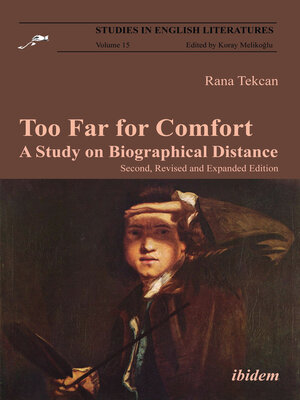The Biographer and the Subject
ebook ∣ A Study on Biographical Distance · Studies in English Literatures
By Rana Tekcan

Sign up to save your library
With an OverDrive account, you can save your favorite libraries for at-a-glance information about availability. Find out more about OverDrive accounts.
Find this title in Libby, the library reading app by OverDrive.



Search for a digital library with this title
Title found at these libraries:
| Library Name | Distance |
|---|---|
| Loading... |
A good biography is a well-staged illusion. It creates – on paper – a vivid, rounded, and immediate sense of lived life. In contrast to purely fictional forms, biography writing does not allow total freedom to the biographer in the creative act. Ideally, a biography's backbone is formed by accurate historical facts. But its soul lies elsewhere. Since the concern is life, something more is needed: Nothing dry, cold or dead, but a vibrant impression of life that is left in the air after one turns over the last page.
But how does a biographer do it? The way a biographer creates a subject is largely dictated by the historical distance between them. There are three types of distance in biographical writing: First, where the biographer and the subject personally know one another; second, where the biographer is a near contemporary of the subject; and third, where biographer and subject are distinctly separated, in some cases, by hundreds of years.
Rana Tekcan explores how some of the most accomplished biographers manage to recreate "life" across time and space. The subjects of her close readings are Samuel Johnson's Life of Savage, James Boswell's Life of Johnson, Lytton Strachey's Eminent Victorians, Michael Holroyd's Lytton Strachey, Park Honan's Jane Austen, and Andrew Motion's Keats.







